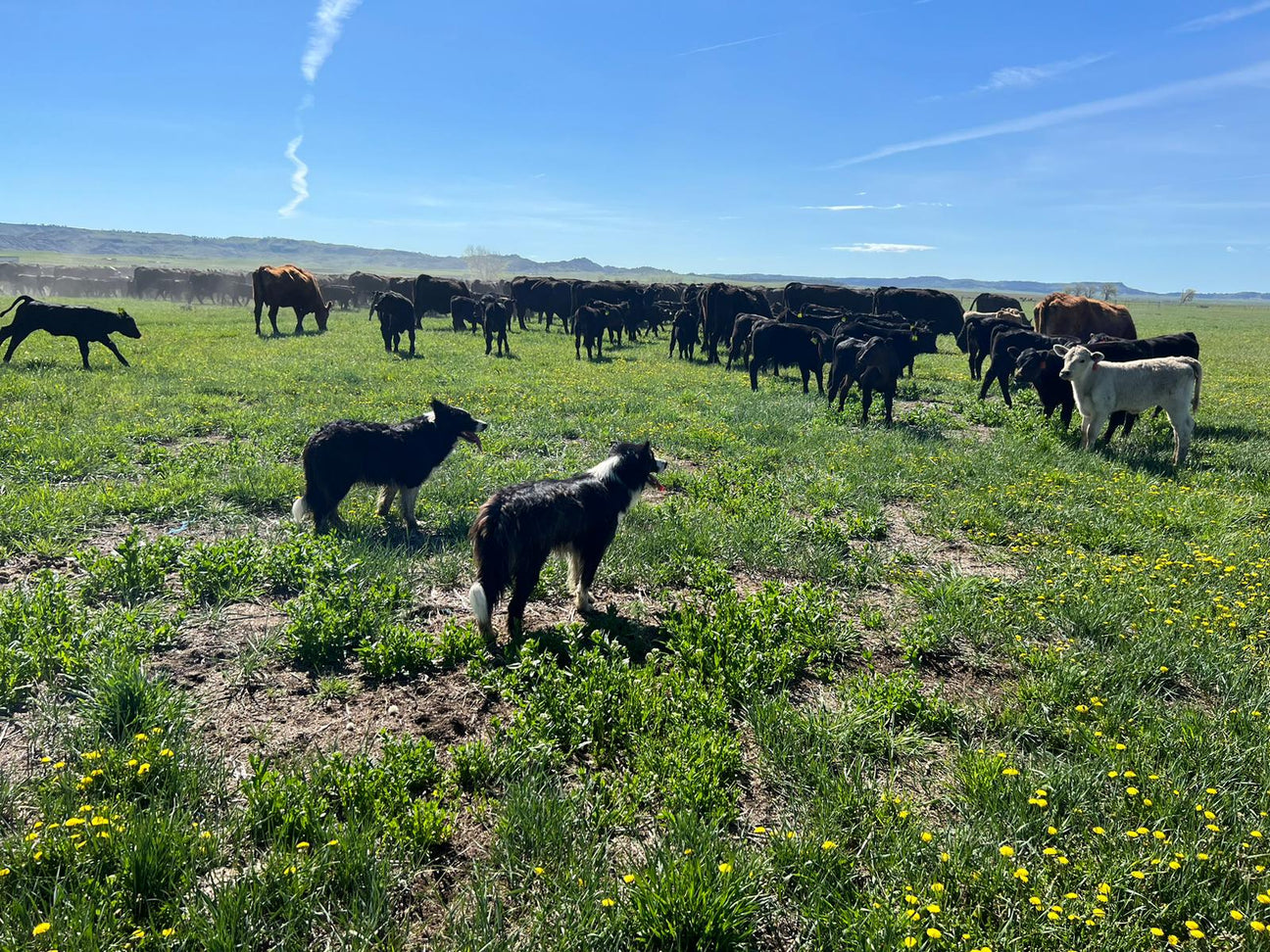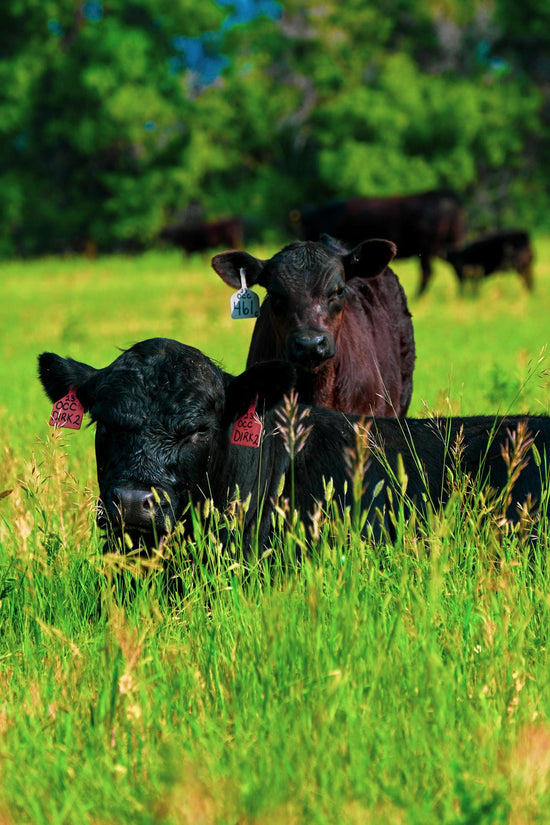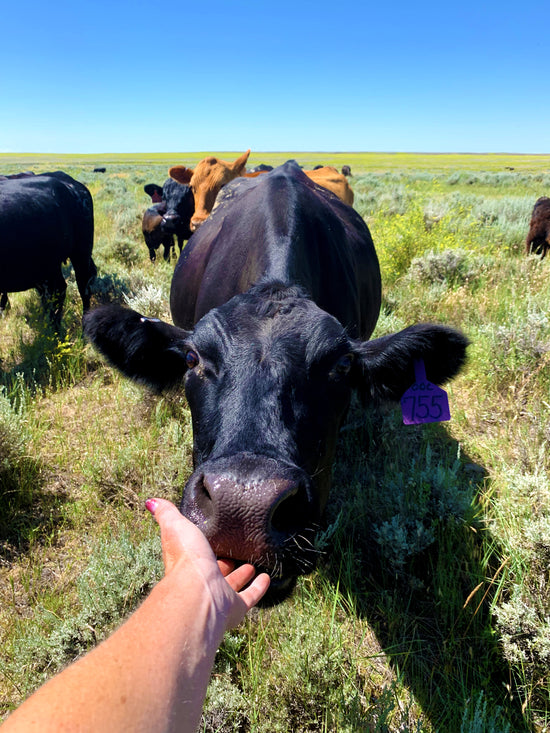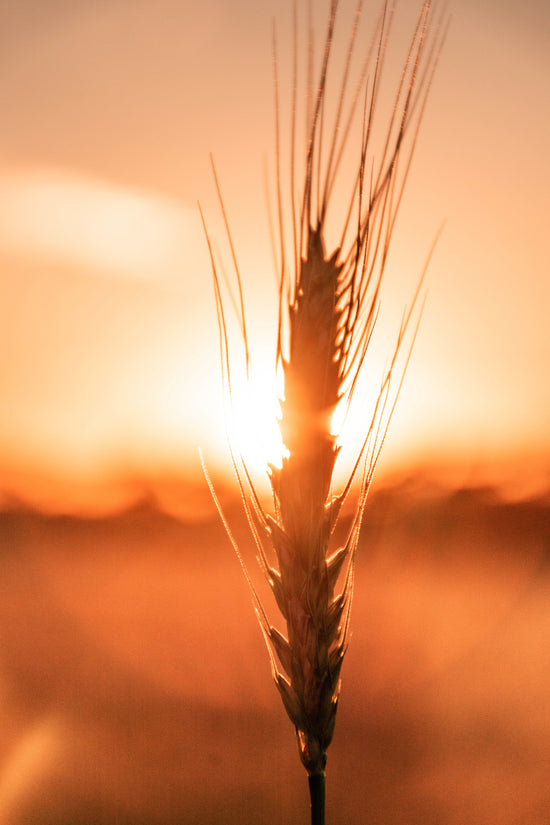Regenerative Agriculture
Montana Legacy Ranch is proud to practice a regenerative approach to agriculture and ranch management. Regenerative agriculture is more than “doing no harm” to the land. Through a holistic combination of farming and grazing practices, this approach actively revitalizes farmland and pastures with essential nutrients while producing natural, nutrient-dense feed, produce, and livestock.
FAQ'S
Do we vaccinate our cattle?
Yes, we vaccinate our baby calves at around 3 months old, and then again at around 6 months before weaning them from their mothers. Vaccinations help prevent calves from getting sick during stressful times and are approved for Organic Certification.
Do we Doctor our Cattle?
Yes, sometimes animals require medical attention for their well-being and health, and in these cases, we treat them with antibiotics. We move these animals to a separate pasture and tag them with a white treated tag, which means they are no longer certified as all-natural or organic.
How do we wean our calves?
We wean our calves at around six months of age by putting a plastic clip in their nose. This prevents them from nursing while allowing them to remain close to their mothers, which provides them with a sense of security. We use this method for ten days, after which we separate the calves from their mothers and move them to a separate pasture with yearling cattle (fence weaning). We have found that this method is low-stress for the calves, reduces fence-walking, and promotes healthy eating habits, which in turn helps prevent sickness.
How much room do cattle have to graze?
We own around 56,000 acres, and our cattle are rotated between pastures every 10-14 days to prevent overgrazing and ensure they have access to maximum nutrients.
How long is meat aged?
All of our beef is dry aged for 14 days.
What does certified organic mean?
In order for our cattle and crops to be certified organic, we must be inspected and audited by the Montana Department of Agriculture at least once a year. This process takes 2-3 days for our operation. We cannot use any chemicals on our crops or pastures, and our cattle cannot have any chemical-based pesticides. We cannot use medicated feed of any sort, and all feed that is brought in must be certified organic. No antibiotics can be administered at any point during the animal’s life to maintain certification, and no rodent control methods that include poison of any kind are allowed.







